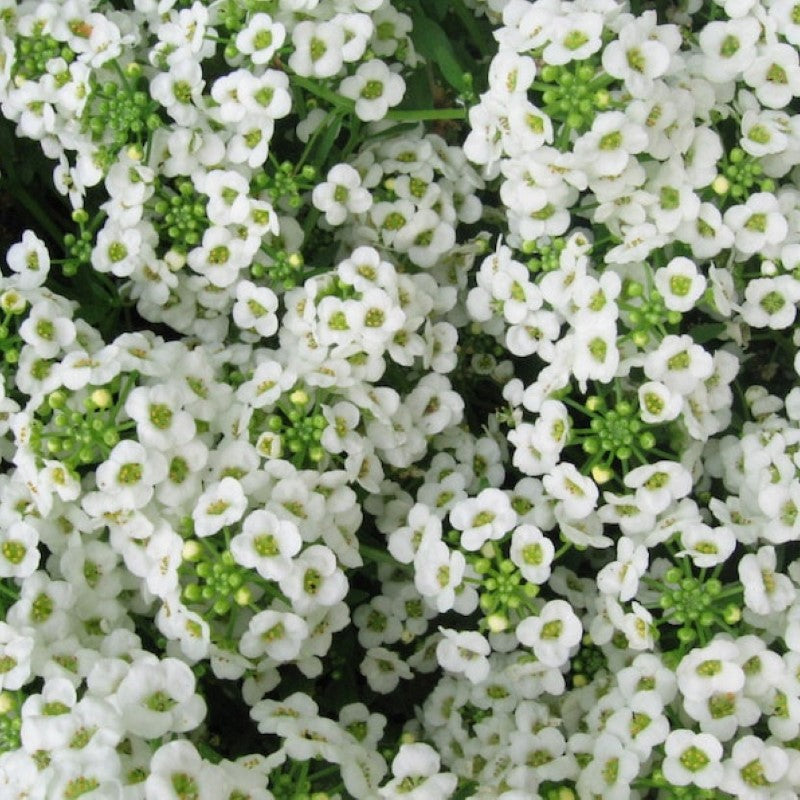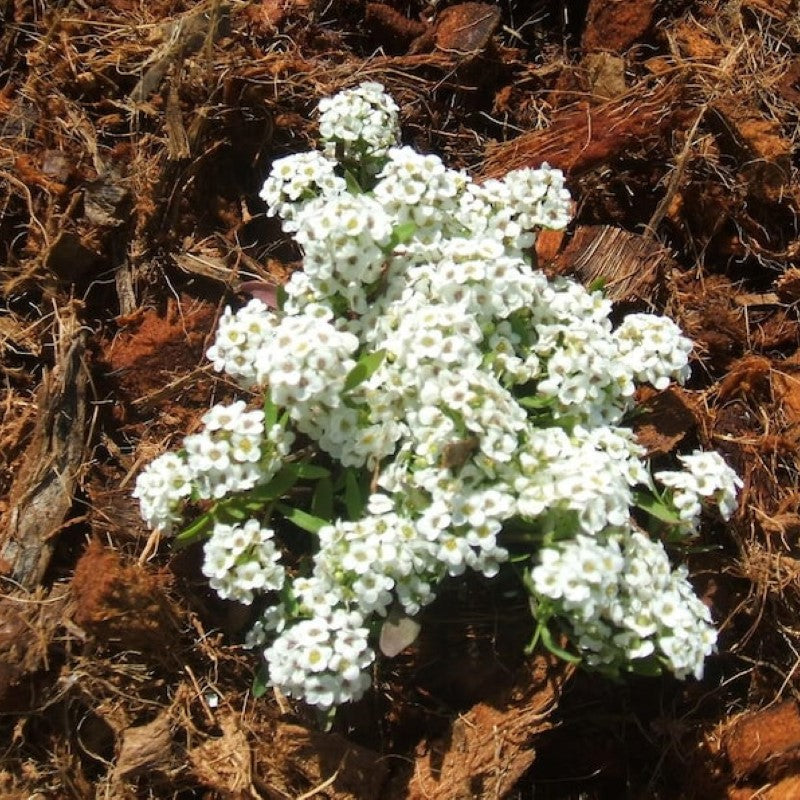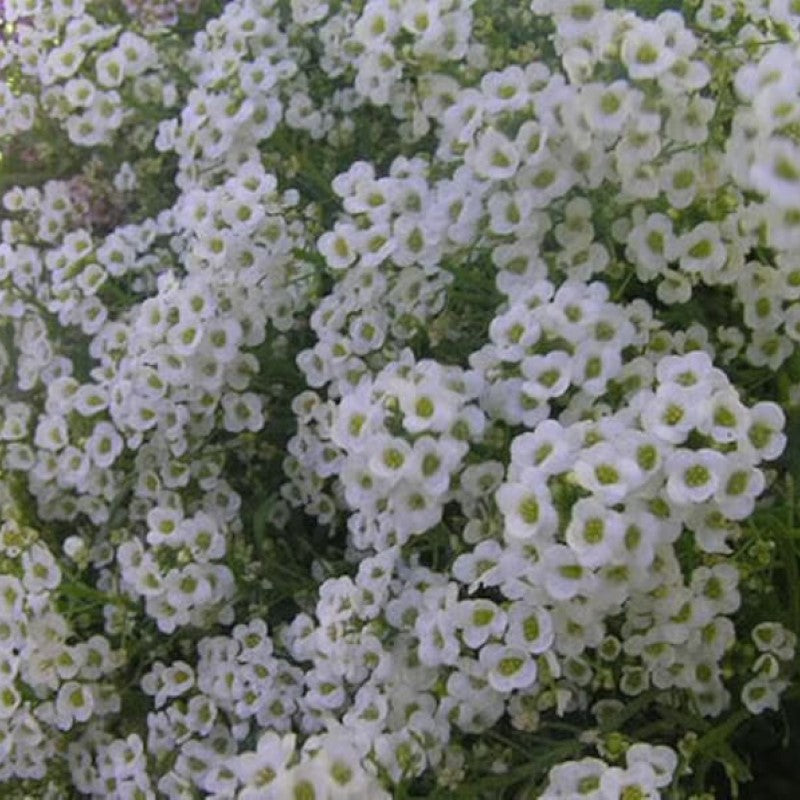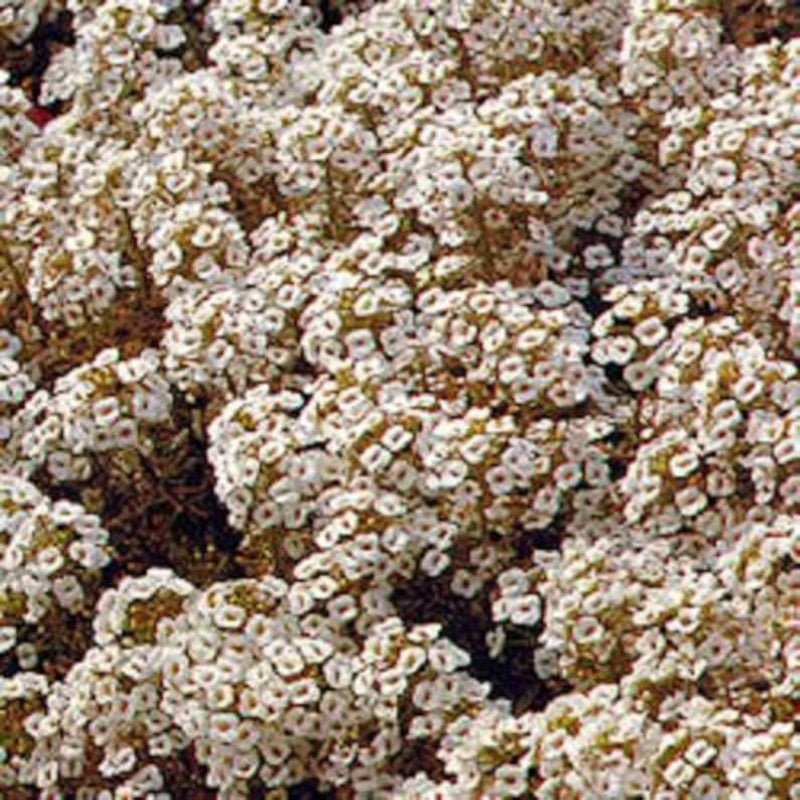- Historical context: Alyssum, also known as sweet alyssum, has been cultivated for centuries for its delicate flowers and pleasant fragrance.
- Geographical origination: Alyssum is native to the Mediterranean region, including Southern Europe, Northern Africa, and parts of Asia.
- Relevant cultural significance: Alyssum has been used in traditional gardens and landscapes for its ground-covering abilities and sweet scent. It is often associated with themes of beauty and simplicity in various cultures.
- Time period of discovery: The exact time period of discovery is not well-documented, but it has been known and cultivated since ancient times.
- Original habitat: Alyssum typically grows in rocky, coastal areas and open fields in its native regions.
- Notable historical uses: Historically, alyssum has been used for ornamental purposes in gardens and landscapes. It has also been used in traditional medicine for its purported healing properties.
- Ideal temperature range: Alyssum thrives in cool to moderate temperatures, ideally between 55°F to 75°F (13°C to 24°C).
- Soil type: It prefers well-drained, moderately fertile soil. Sandy or loamy soils are ideal.
- Sunlight requirements: Alyssum requires full sun to partial shade. It performs best with at least 6 hours of sunlight per day.
- Watering needs: Alyssum needs regular watering, especially during dry periods. However, it is important to avoid waterlogging, as it prefers well-drained soil.
- Planting season: Alyssum can be planted in early spring after the last frost or in the fall in milder climates.
- Germination time: Seeds typically germinate within 7 to 14 days under optimal conditions.
- Growth cycle duration: Alyssum is an annual plant, completing its life cycle within one growing season.
- Common pests and diseases: Alyssum is relatively pest-resistant but can be affected by aphids, whiteflies, and downy mildew. Proper spacing and air circulation can help prevent diseases.
- Companion planting advice: Alyssum is an excellent companion plant for vegetables and other flowers. It attracts beneficial insects like bees and predatory wasps, which help control pests.
- Common challenges and solutions: Common challenges include overwatering, which can lead to root rot, and insufficient sunlight, which can cause leggy growth. Ensuring proper drainage and adequate sunlight can mitigate these issues.
- Nutritional values: Alyssum is not typically consumed, so it does not have notable nutritional values.
- Health benefits: While not commonly used in modern medicine, alyssum has been used in traditional remedies for its anti-inflammatory and diuretic properties.
- Culinary uses: Alyssum is not commonly used in culinary applications.
- Medicinal uses: In traditional medicine, alyssum has been used to treat conditions such as colds, coughs, and abdominal pain. However, these uses are not widely supported by modern scientific research.
- Other unique advantages: Alyssum Carpet of Snow is particularly valued for its ability to provide ground cover and suppress weeds. Its fragrant flowers attract pollinators, making it beneficial for garden ecosystems.










